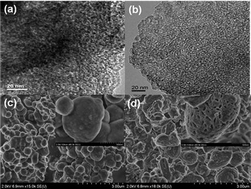Three-dimensional wormhole mesoporous-based material as a regenerative solid optical sensor for detection of Hg2+ in aqueous media
Abstract
With the aim of optical sensing of Hg2+ in

* Corresponding authors
a
State Key Laboratory of Fine Chemicals, College of Chemical Engineering, Dalian University of Technology, Dalian, P. R. China
E-mail:
liganghg@dlut.edu.cn
Fax: +86-411-8498-6113
Tel: +86-411-8498-6113
With the aim of optical sensing of Hg2+ in

 Please wait while we load your content...
Something went wrong. Try again?
Please wait while we load your content...
Something went wrong. Try again?
N. Zhang, G. Li, J. Zhao and T. Liu, New J. Chem., 2013, 37, 458 DOI: 10.1039/C2NJ40760D
To request permission to reproduce material from this article, please go to the Copyright Clearance Center request page.
If you are an author contributing to an RSC publication, you do not need to request permission provided correct acknowledgement is given.
If you are the author of this article, you do not need to request permission to reproduce figures and diagrams provided correct acknowledgement is given. If you want to reproduce the whole article in a third-party publication (excluding your thesis/dissertation for which permission is not required) please go to the Copyright Clearance Center request page.
Read more about how to correctly acknowledge RSC content.
 Fetching data from CrossRef.
Fetching data from CrossRef.
This may take some time to load.
Loading related content
